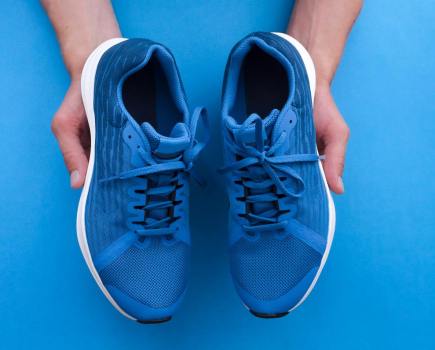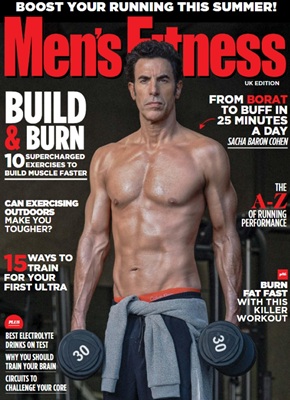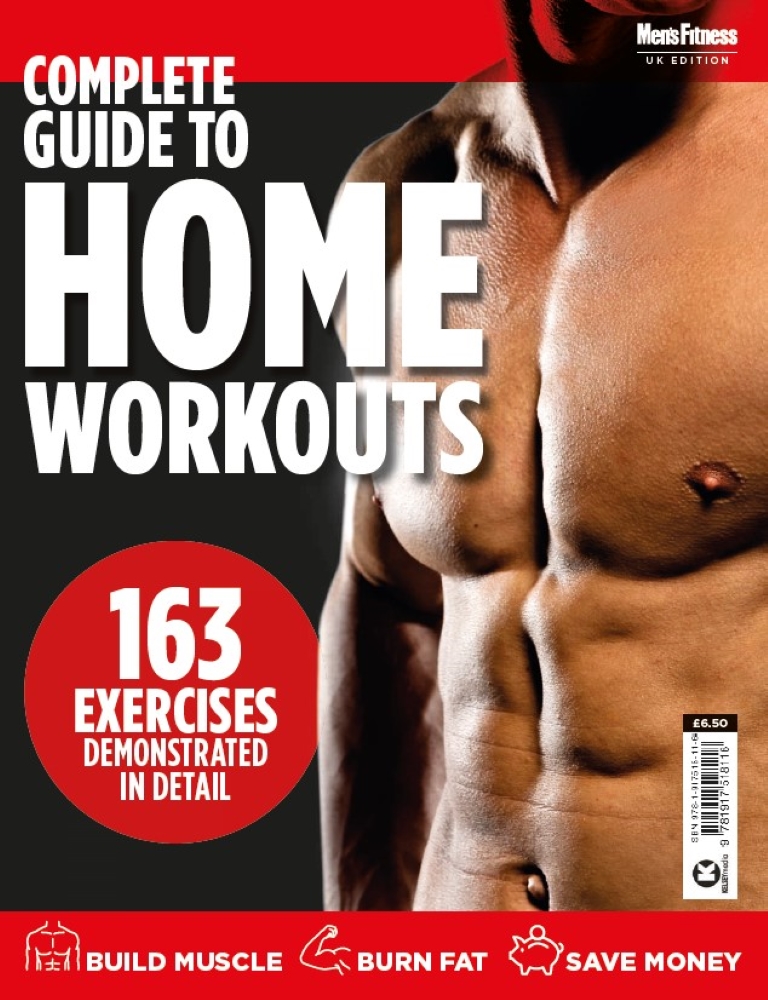A strong, powerful lower body depends on a good set of glutes, and the best way to build your backside is the often overlooked. Here are all the barbell hip thrust benefits you need to know about.
Hip thrusts have become a staple exercise for building glute size and strength. But barbell hip thrust benefits extend beyond aesthetics. Having strong glutes is also an essential component for strengthening other compound lifts, including squats and deadlifts, as well as decreasing the risk of lower-back injuries. For this feature, I spoke to an expert on the subject, Bret Contreras, to get the full low-down on why you should be adding this exercise to your leg-day roster.
Meet the expert
Bret Contreras, aptly known as ‘The Glute Guy’, has been credited with popularizing the barbell hip thrust. He has spent a large part of his career working hard to spread the word around barbell hip thrust benefits, extensively studying the mechanics and eventually writing his PhD thesis on the subject.
First and foremost, Contreras says that the main reason the barbell hip thrust should be the go-to for building strong glutes is because it’s easy to learn, execute, and progress upon.
“Not only do hip thrusts build the glutes,” he says, “but they also help the body function better by taking stress off the lower back, knees and hips, and that glute strength transfers to other big lifts like squats and deadlifts.”
Despite being a glute isolation exercise, the hip thrust also engages other muscle groups – including the hamstrings, hip and knee extensors, and quads – making it an excellent all-rounder for improving lower-body strength.
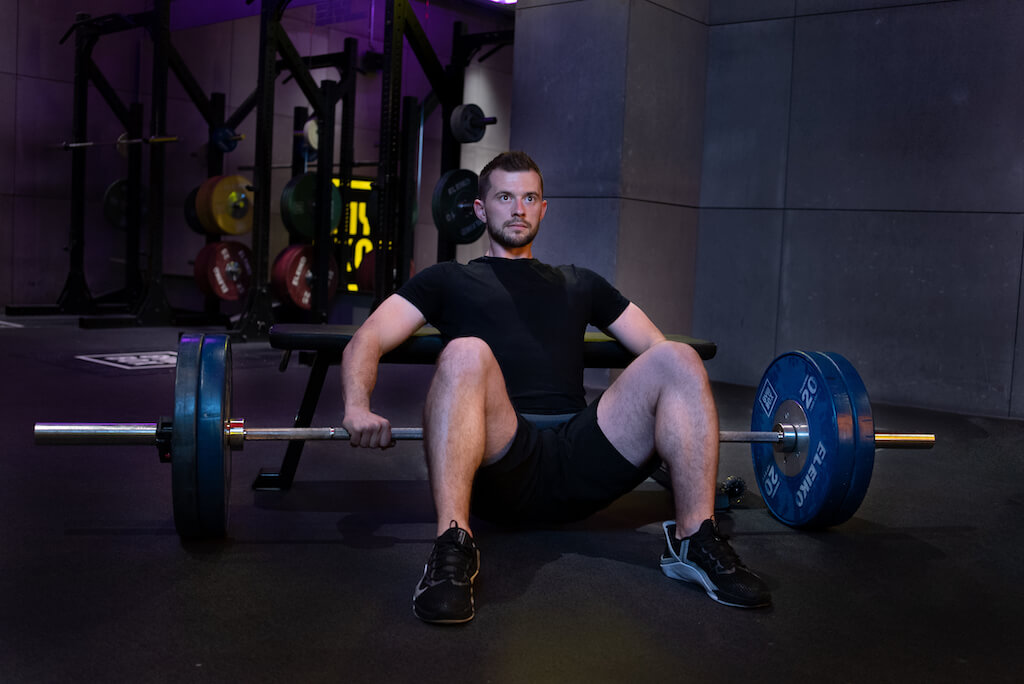
Barbell hip thrust benefits
The main benefit of doing hip thrusts is increased glute size. In turn, this leads to improved lower-body strength and power (which will serve you well in building other compound lifts).
While other exercises – squats, lunges and deadlifts – also target similar muscle groups, the hip thrust allows you to isolate and work the glutes in a very shortened range of motion through full hip extension, making it one of the best exercises you can do for glute strength.
Aside from improved strength and glute size, hip thrusts are also a great way to prevent injuries both in and outside the gym. That’s because your glutes are actually composed of three large muscles, which help to stabilize the lower back and pelvic region: gluteus maximus, gluteus medius, and gluteus minimus. If you neglect or under-train any of these three muscles, it can put you at a higher risk of knee, hip and lower-back injuries due to a lack of lower-body stabilization.
Another lesser-known benefit of barbell hip thrusts is their ability to improve overall athletic performance, including jumping and sprinting. That’s because strong glutes help you accelerate, decelerate, change direction, and create explosive power when jumping. Think about it: almost every movement requires your glutes to some extent, from bending down to climbing the stairs.
So even if your goal isn’t to max out on your deadlift, incorporating hip thrusts into your leg day routine will likely do you a world of good.
Common barbell hip thrust mistakes
Contreras says that the two most common mistakes are overarching the back and incorrect foot placement. He advises to pay close attention to how your body feels during a hip thrust to gauge whether you’re doing it correctly:
“If you’ve placed your feet too close, you’ll feel it more in the quads, whereas if you place them too far apart you will feel it more in your hamstrings. It’s important to avoid imbalances.”
Another common mistake is failing to reach a full lock-out at the top of each rep. Also be careful not to bridge up too high, as that puts unnecessary stress on the lumbar spine: you want your knees, thighs, abdomen and shoulders to be in a straight line at the top of the movement.
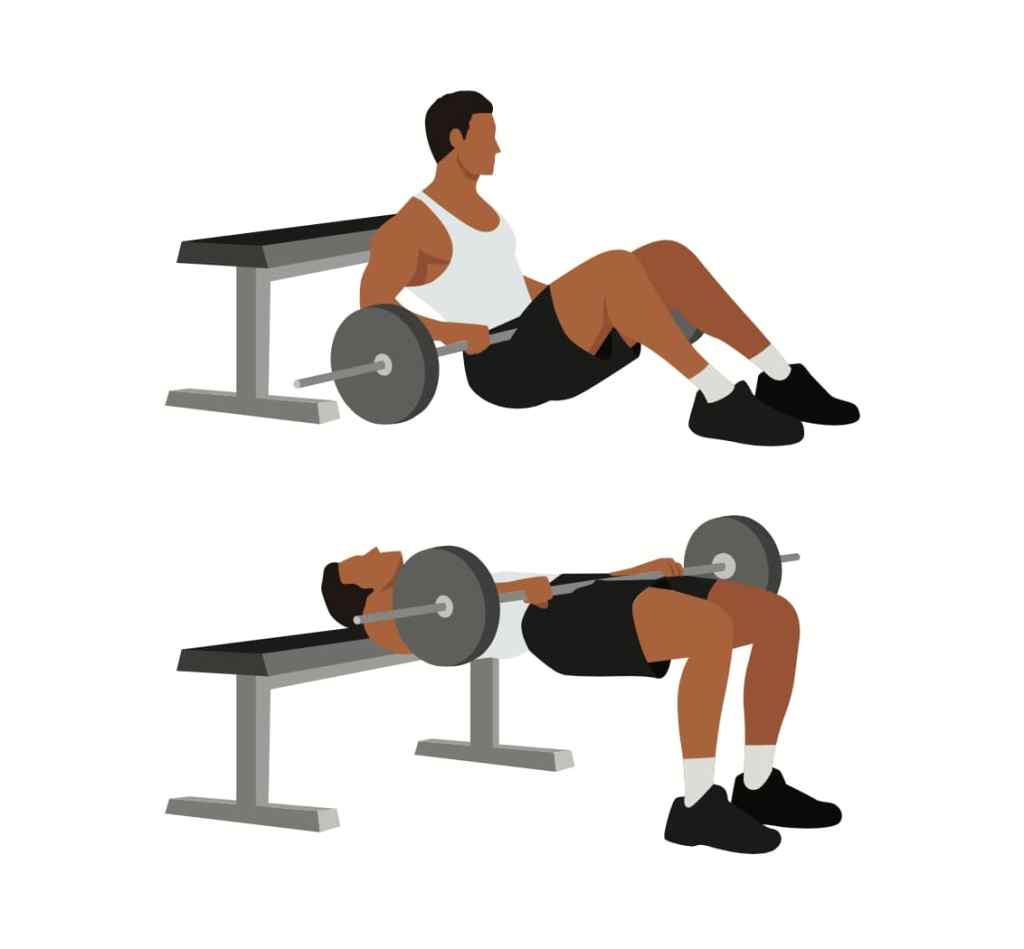
How to do the barbell hip thrust
- Position yourself against a bench, with your back against the long side.
- Roll the barbell up towards your waist. It should sit around 2-3cm below your hip bone) and bend your knees.
- (Use a barbell pad for added hip protection if needed.)
- Press your upper back against the bench and grip the bar either side of your hips.
- Ensure you are pushing through the heels and lift your hips upwards.
- Ensure your shins are vertical at the top of the movement – you want your body to be in a straight line at the top, but not over-extended.
- Keep your knees facing outwards and ribs down, maintaining a slightly posterior tilt to the pelvis.
- Pause at the top with a big glute squeeze.
- Maintain forward eye gaze.
- Make sure you keep taking big breaths throughout and brace your core before each rep.
How to improve your barbell hip thrust
Contreras recommends doing hip thrusts three times a week for maximum results: “Spend one day doing heavier sets in the 6-12 rep range, one day with lighter weight – but pausing at the top of each rep for 3-5 seconds – and one day on pulses in the top half of the rep for 20 reps.”
The reason for such variation is because training different glute muscles requires a different approach. For example, building your gluteus maximus requires a higher weight with lower reps, whereas your gluteus minimus is the most engaged at a lower weight but higher rep range.
Resistance bands are also a highly effective way to further activate and strengthen the glutes. Contreras recommends using them as a pre-workout warm-up, as well as during squats or hip thrusts to put “double duty on the booty” (i.e. forcing the glutes to abduct while they’re carrying out the hip extension). As with any new lift, start low and slow.
Breaking the stigma
Despite the fact that Dwayne ‘The Rock’ Johnson himself is a strong proponent of hip thrusts, some people still view hip thrusts as a ‘feminine’ exercise. This in turn creates a stigma for male gym-goers to overcome.
“It’s a very strange thing,” says Contreras, “you rarely hear about glute training in male bodybuilding magazines and websites – it’s mostly in women’s magazines and websites. Many men are embarrassed to talk about or train the glutes, and many assume that if they do squats for quads and deadlifts for back, their glutes will grow just fine.”
While squats and deadlifts will engage your glutes, they won’t do so as well as hip thrusts. That’s because you can activate glute muscles in the frontal, lateral, transverse planes. Hip thrusts allow you to train all three, whereas other glute exercises are more limiting.
“The good news,” says Contreras, “is that hip thrusts are becoming more common with male gym members, especially considering that more and more equipment manufacturers are producing specialist hip thrust machines and more gyms are purchasing them. Hopefully this trend continues.”
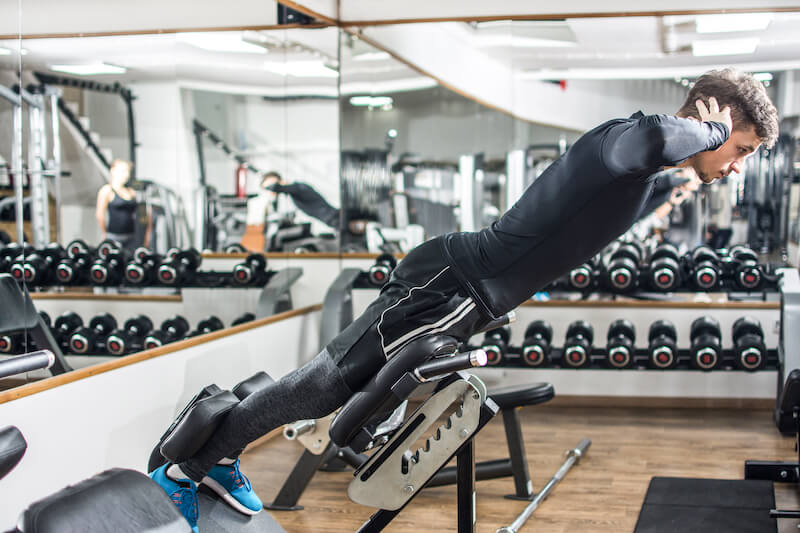
Hip thrust alternatives
In some cases it might not be possible to do a traditional barbell hip thrust. In such circumstances, consider these alternatives instead:
- You can opt to do single-leg hip thrusts, knee-banded hip thrusts or frog pumps. You can do these with bodyweight, and they all work well as a substitute for the barbell hip thrust.
- Contreras also recommends doing 45-degree back extensions, which are more beginner-friendly. Just make sure to round your upper back slightly to make sure that the main tension is in your glutes, rather than your lower back and spinal erectors.
- Or you could add cable kickbacks to hit your glutes especially hard in the gym – use these as an end-of-session finisher for high reps.






